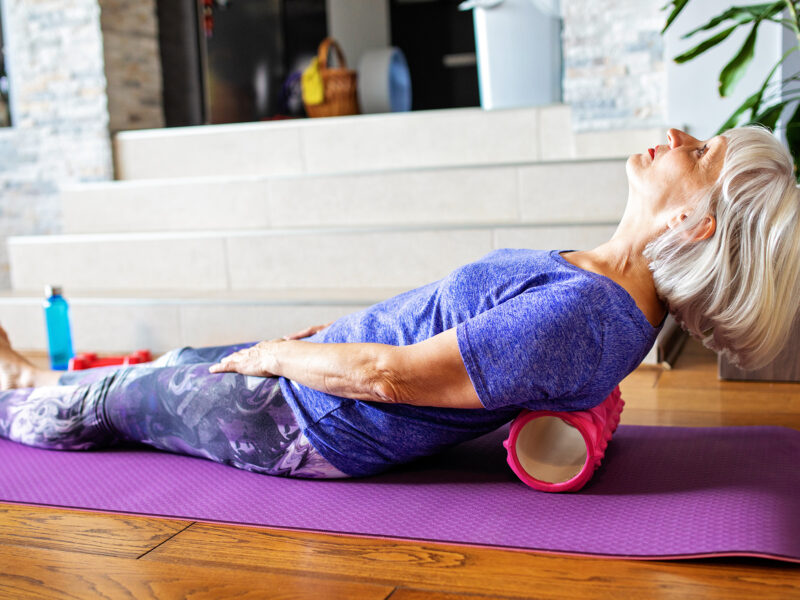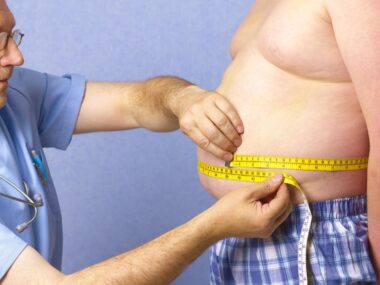Introduction

Understanding the Recovery Process
After intense physical activity, the body undergoes several physiological processes to recover and adapt to the stress placed on it. These processes include:
- Muscle Repair and Growth: Microscopic damage occurs to muscle fibers during exercise, triggering a process of repair and growth known as muscle hypertrophy.
- Glycogen Replenishment: Carbohydrate stores in the form of glycogen are depleted during exercise and need to be replenished to fuel subsequent workouts.
- Hydration and Electrolyte Balance: Fluid and electrolyte losses occur through sweat during exercise and must be replaced to maintain proper hydration and electrolyte balance.
- Reduction of Inflammation and Muscle Soreness: Exercise-induced inflammation and muscle soreness can be mitigated through various recovery techniques, allowing for faster recovery and improved performance.
Effective Post-Workout Recovery Techniques
- Nutrition
- Protein: Consume a combination of protein and carbohydrates within 30 minutes to an hour post-exercise to facilitate muscle repair and glycogen replenishment. Aim for a ratio of approximately 3:1 or 4:1 carbohydrates to protein.
- Hydration: Drink plenty of water to replace fluids lost through sweat during exercise. Consider consuming electrolyte-rich beverages or adding electrolyte supplements to aid in hydration and electrolyte balance.
- Anti-inflammatory Foods: Incorporate foods rich in antioxidants and anti-inflammatory nutrients, such as fruits, vegetables, fatty fish, nuts, and seeds, to help reduce inflammation and support recovery.
- Active Recovery
- Low-Intensity Exercise: Engage in light aerobic exercise such as walking, cycling, or swimming to increase blood flow and promote nutrient delivery to recovering muscles without causing additional stress.
- Foam Rolling and Stretching: Use foam rollers, massage balls, or stretching techniques to release muscle tension, improve flexibility, and reduce post-exercise soreness.
- Rest and Sleep
- Rest Days: Schedule regular rest days into your training program to allow for adequate recovery and prevent over-training. Listen to your body and adjust your training intensity or volume accordingly.
- Quality Sleep: Aim for 7-9 hours of quality sleep per night to support muscle repair, hormone production, and overall recovery. Create a sleep-friendly environment by minimizing noise, light, and electronic distractions.
- Cold Therapy
- Ice Baths or Cold Showers: Submerge yourself in cold water or take a cold shower post-workout to constrict blood vessels, reduce inflammation, and alleviate muscle soreness. Limit exposure to 10-15 minutes to avoid over cooling the body.
- Compression Therapy
- Compression Garments: Wear compression garments such as sleeves, socks, or tights to improve blood circulation, reduce swelling, and enhance muscle recovery post-exercise. Compression garments can also provide support and stability to tired or sore muscles.
- Mind-Body Techniques
- Breathing Exercises: Practice deep breathing or relaxation techniques to promote stress reduction, enhance recovery, and improve overall well-being.
- Yoga or Meditation: Incorporate yoga, meditation, or mindfulness practices into your routine to reduce muscle tension, improve flexibility, and foster mental clarity and focus.
Conclusion
Post-workout recovery is a critical component of any fitness program, as it allows the body to repair, adapt, and grow stronger in response to exercise-induced stress. By implementing a combination of nutrition, active recovery, rest, cold therapy, compression therapy, and mind-body techniques, you can optimize your recovery process, minimize muscle soreness, and maximize your performance gains. Remember to listen to your body, prioritize adequate rest and sleep, and tailor your recovery strategies to meet your individual needs and goals. With a proactive approach to recovery, you can accelerate your progress, minimize the risk of injury, and achieve peak performance in your workouts and athletic endeavors.










